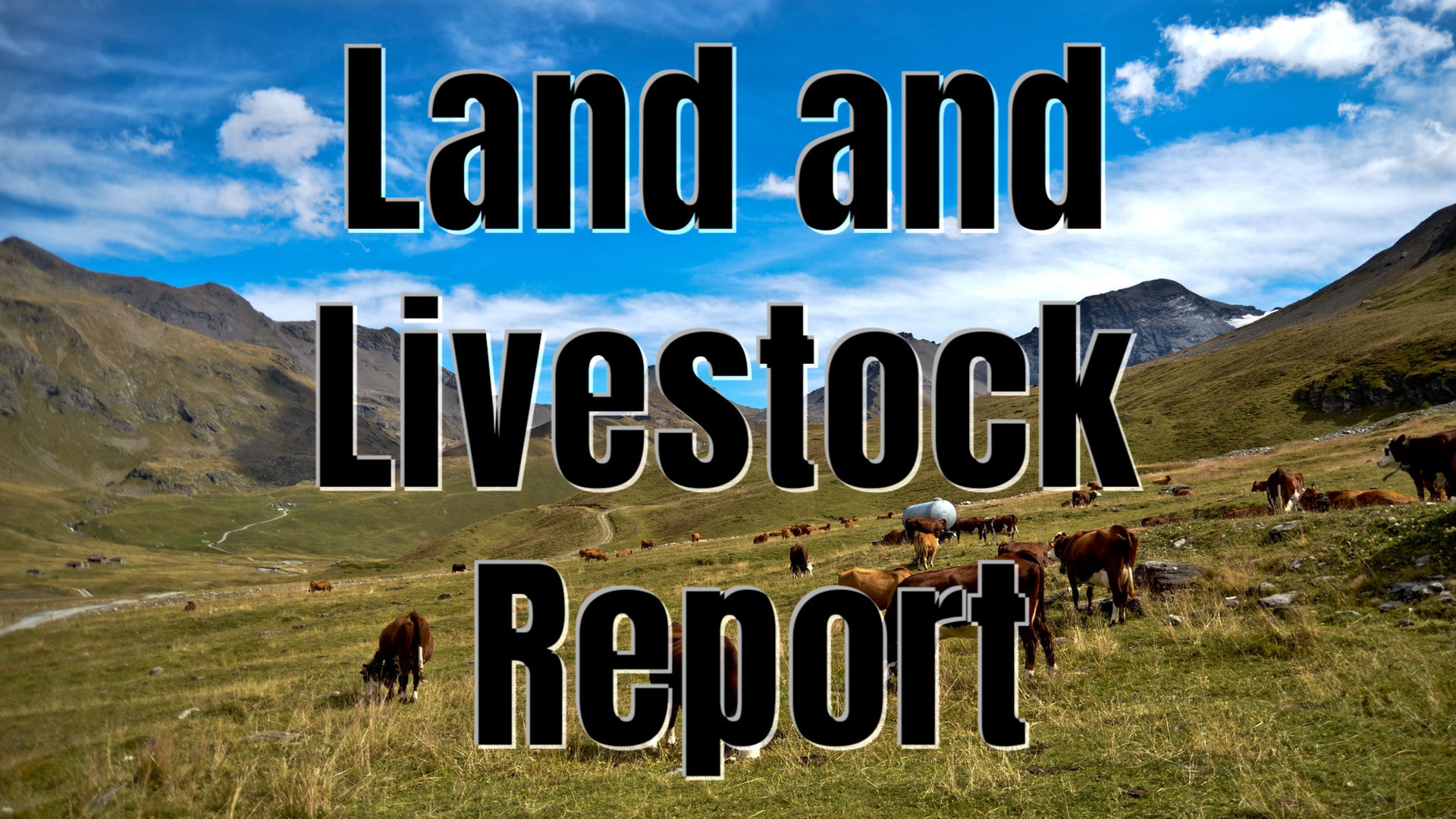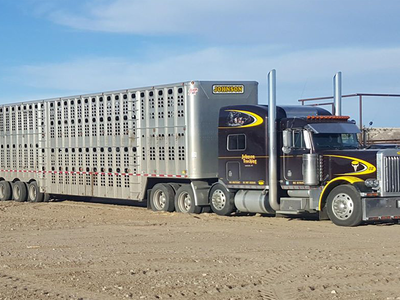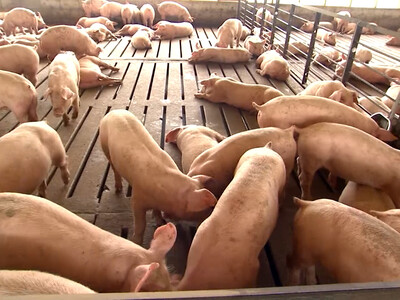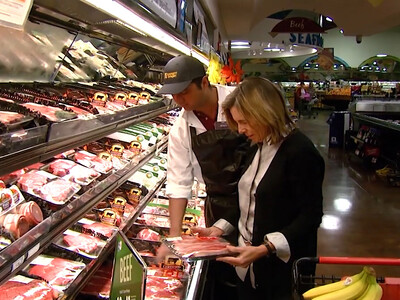Finding Fertility Genetic Markers
Finding Fertility Genetic Markers
Early pregnancy loss in both beef and dairy cattle are an economic concern for ranchers and dairymen. What if producers could identify which heifers had high fertility through genetic markers? After the break we will visit with a WSU animal scientist who is involved in such research, I’m KayDee Gilkey with Open Range after this.?
A collaboration of WSU Animal Scientists and USDA Ag Research Service scientist have received a $1.1 million grant. Washington State University Professor of Animal Science Dr. Tom Spencer shares more about their research which uses an embryo transfer approach with beef cattle heifers to identify those who always get pregnant and those who rarely or never become pregnant.
Spencer: “The ultimate goal of what we’d like to do is to develop a set of genetic markers where you can test a new born heifer for her predicted fertility as an adult. This is important because right now these type of markers are not available. Secondly, one of the largest costs to either a beef cattle producer or dairy producer is raising that replacement heifer because that usually takes two years. So, that is a lot of cost particularly if that animal ends up infertile and you cull them or send them to market because they can’t get pregnant.”
The research will also include work to develop new therapies to diagnose, treat and prevent infertility.
I’m KayDee Gilkey with Open Range on the Northwest Ag Information Network.

















